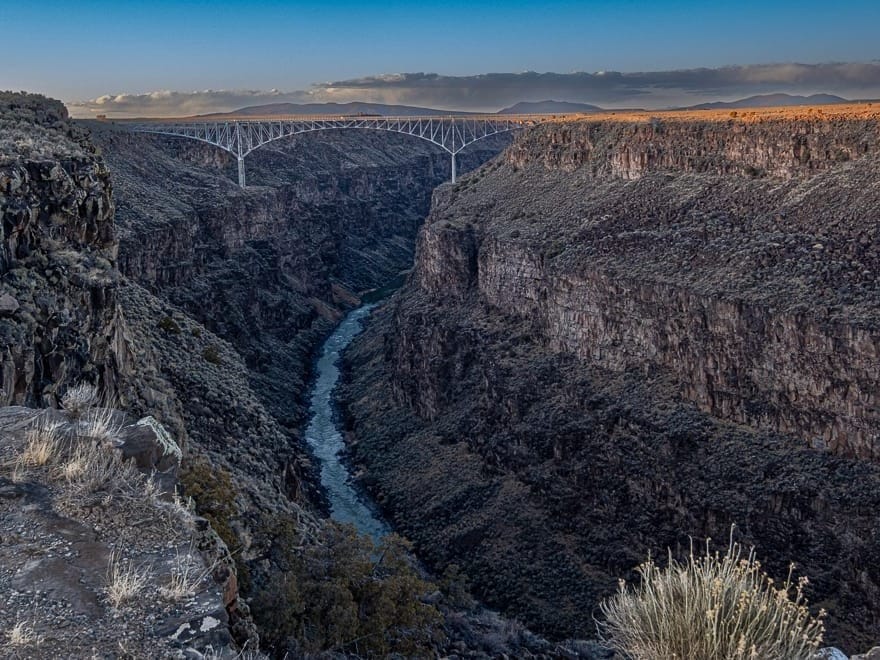TAOS, New Mexico (AN) — The Rio Grande is one of the most storied, significant and historic natural wonders of the American West. Now, thanks largely to human-caused climate change, this iconic waterway that forms a border between two oil-rich nations is a symbol of our impending future: summers of more searing heat waves, masses of people on the move, and mounting international conflict over Earth’s most treasured and vital resource: water.
The politically charged crisis along the U.S.-Mexico border, with migrants flocking to the river in desperate bids to get into the United States, is widely known. Unfolding largely under the radar is a long-running international dispute over how to share and conserve the water that flows into the Rio Grande, as it is known in the U.S., or the Rio Bravo in Mexico.









